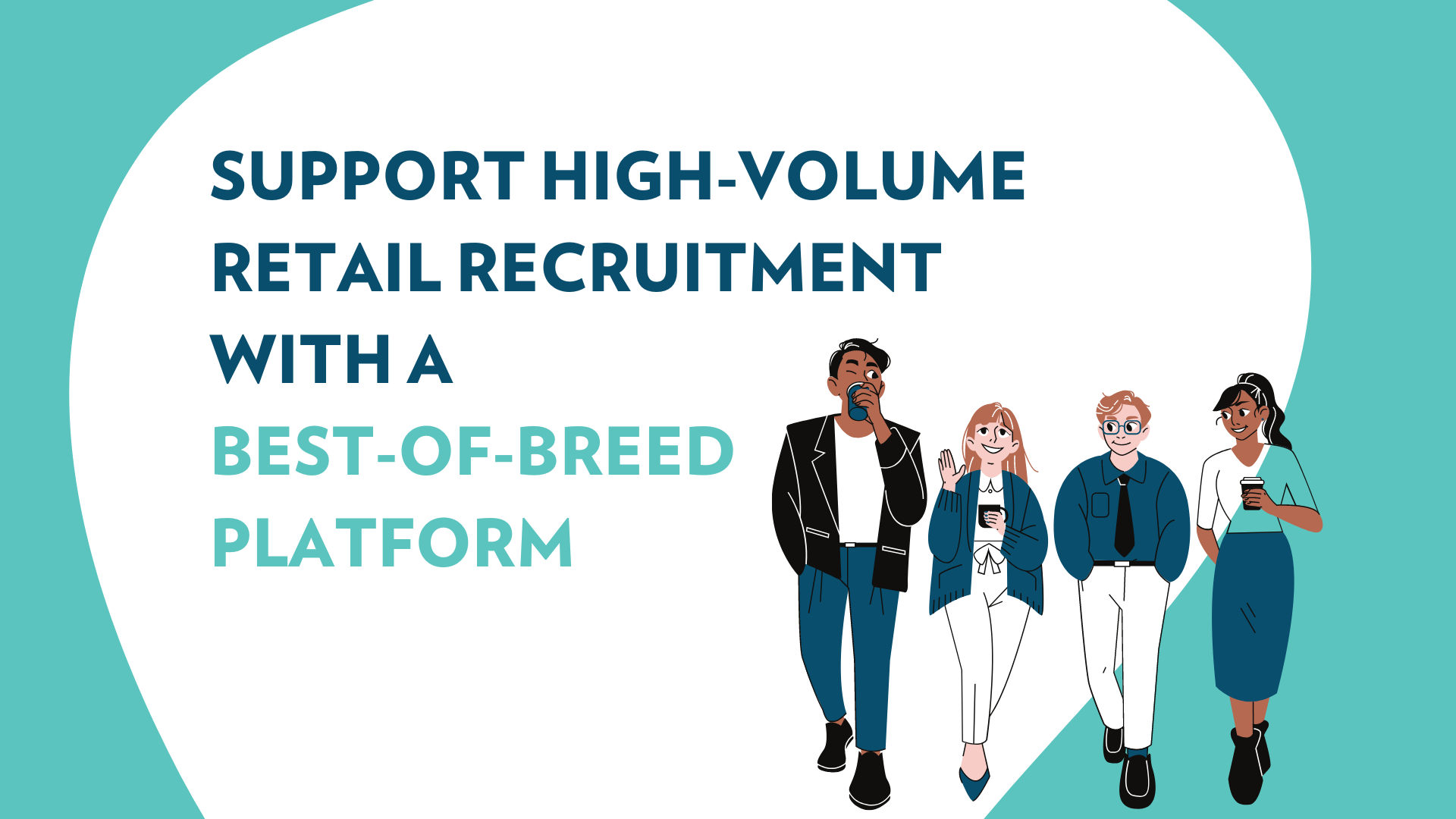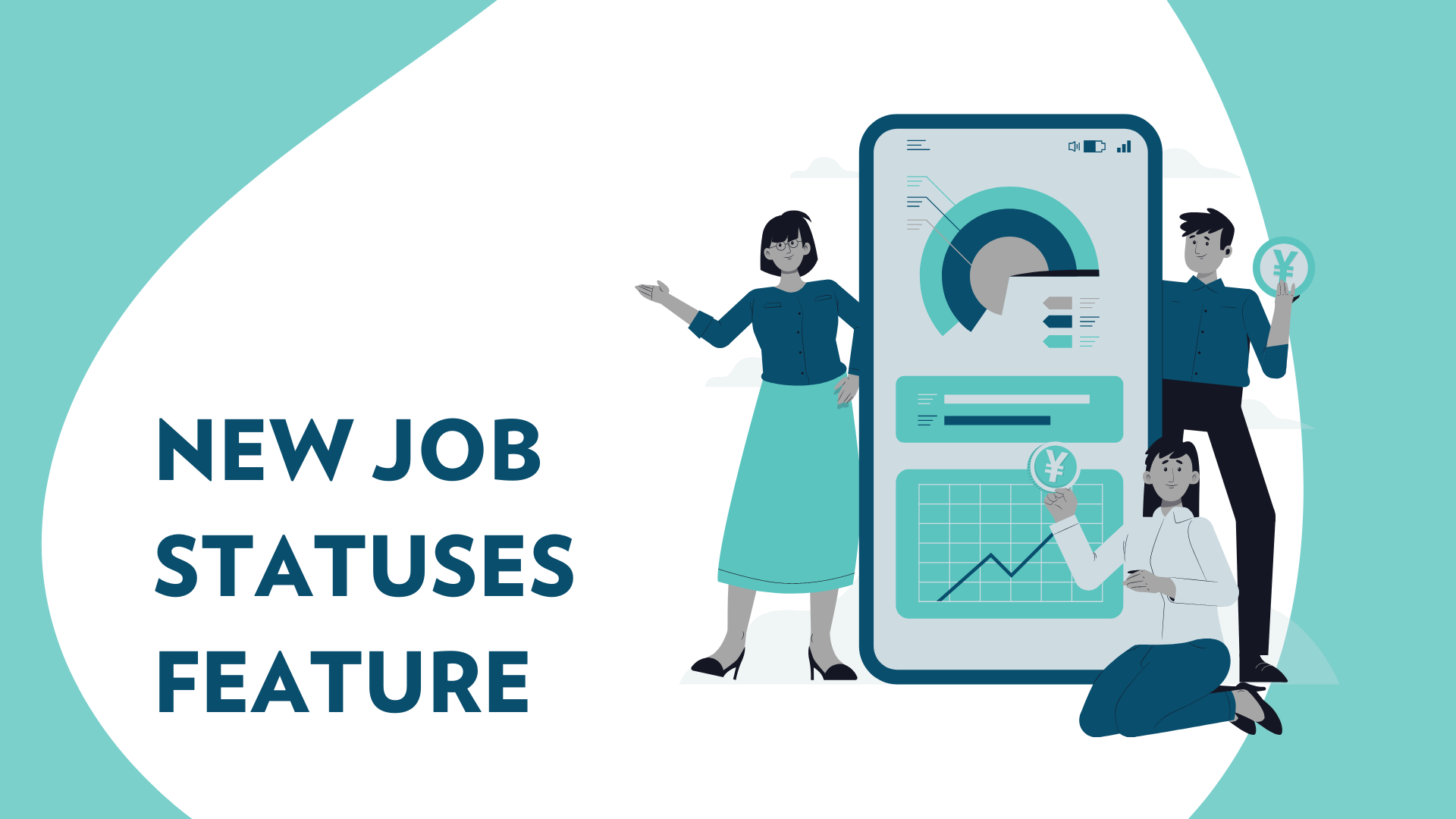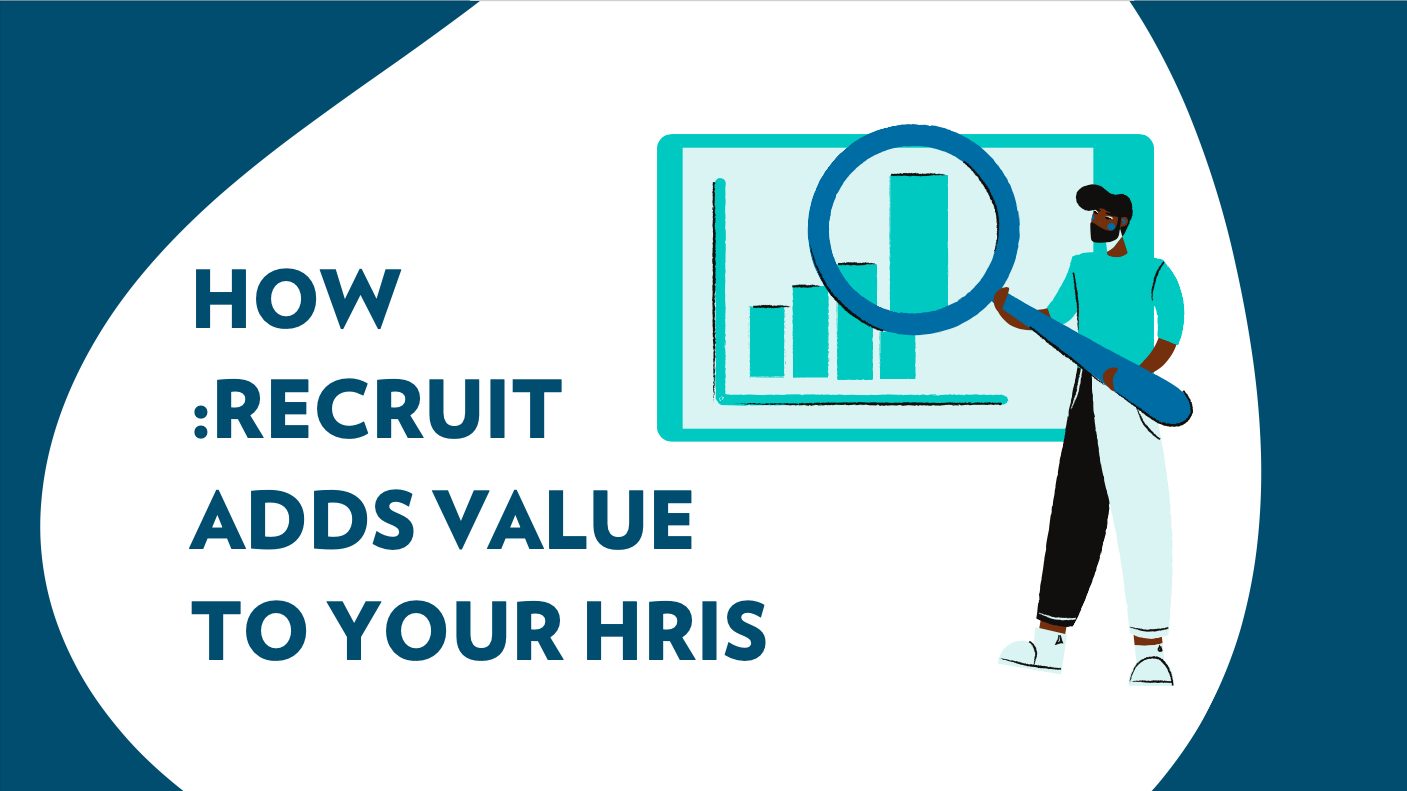Today’s recruitment landscape is marked by high-speed technology advancements and an ever-growing set of candidate expectations. As such, the integration of Artificial Intelligence (AI) into Applicant Tracking Systems (ATS) emerges as a beacon of innovation to drive efficiency and to give companies a strategic advantage. We all know that Artificial Intelligence is driving greater efficiency and productivity improvements in white-collar jobs like HR and recruiting. This is all good, but is there really a tangible Return on Investment (ROI) that we can estimate for AI technology within ATS platforms?
In short, the answer is yes, and it is a compelling ROI that HR teams should not overlook. What follows is a look at the ROI impact of these new systems like Scout Talent’s own AI Studio.
The transition to AI-enhanced recruitment tools is not merely a trend but a response to the increasing complexities of talent acquisition. A recent SHRM report from January 2024 highlighted a nuanced scenario: 53% of recruiters reported heightened job stress in 2023. Yet in comparison to 2022’s levels of 65%, this was an improvement. The decrease is attributed to the changing dynamics in candidate availability due to mass layoffs in the high-tech sector in 2023. This shift meant the situation in early 2023 of not being able to find enough qualified candidates took a 180-degree turn. The second half of 2023 experienced a surge in applications for every open position. It presented both opportunities and challenges to manage the influx of candidates.
AI technology in ATS systems addresses these challenges head-on. It streamlines the candidate sorting process, elevates job advertisement engagement, can generate insightful and personalized interview questions, and significantly reduces the time spent on screening. The question, however, extends beyond the utility of AI in recruitment to its economic viability: Does the investment in AI technology yield a positive ROI? And if so, which company sizes stand to benefit the most?
Our analysis, drawn from observing the performance of companies using AI technologies like Scout Talent’s AI Studio reveals compelling evidence of the financial benefits of these AI enhancements. For small to medium-sized enterprises (SMEs) with 50-200 employees, our ROI calculator showed a range from 2.5x to 6.6x. This means that for every dollar spent on AI technology, you can expect a return of $2.52 to $6.62. The benefits scale with company size.
As a result, it’s no surprise that recent research by Workable showed 77.9% of the 950 HR professionals in their research claimed the integration of AI in their hiring process led to moderate or significant cost savings for their company.
Organizations with 201-1000 employees can expect to experience an ROI ranging from 8.5x to 19.6x. Still, larger companies with 1001-5000 employees experience cost savings that far outweigh the initial investment. In other words, the system entirely pays for itself purely based on the savings appreciated from using the technology to alleviate the workload on the recruitment and HR staff. All told, these returns make the case for AI adoption undeniable. All these estimates are taken from a highly conservative set of estimates used to calculate the ROI scores.
The ROI calculations are predicated on the reduction in Time-to-Fill (TTF), a critical metric in recruitment efficiency. With the average TTF in the Canadian market standing at 47.5 days (according to the SHRM report mentioned above), a conservative estimate of a 4-day reduction, facilitated by AI-driven screening and sorting, equates to an 8.4% improvement. This enhancement not only accelerates the hiring process but also contributes to increased revenue potential. Faster hiring of new candidates means each new hire should effectively generate 1.5 to 3.0 times their salary in incremental revenue. This generalization extends beyond just the sales team (which should be even higher).
Furthermore, the cost savings derived from AI’s automation capabilities—in crafting job descriptions, advertisements, social media posts, and candidate landing pages—are significant.
Beyond the quantitative ROI, there are also qualitative benefits brought by an AI-enhanced ATS. These too, must not be overlooked. The ability to identify and prioritize top-quality candidates from a very large pool of applications is ideally suited to a machine. It does not tire and applies its sorting criteria consistently. Not only is this an efficient use of the technology, but it makes your recruitment and HR staff more effective at hiring. They can spend more time focused on the candidates that best match the needs of the role, rather than interviewing the masses. Such precision in candidate selection, alone, potentially improves the quality of candidates that will ultimately be interviewed and selected for the roles.
To answer the title question, the ROI of AI technology in Applicant Tracking Systems is clearly present and positive. For any company with fifty or more employees, it completely makes sense to buy a system like AI Studio. Not only is there a significant positive ROI, offering tangible financial benefits, but there are also sound strategic and qualitative reasons for bringing this new AI technology into your organization.
Investing in AI-enhanced recruitment tools is not just financially sound but also a forward-looking approach to navigating the complexities of the modern talent landscape. As companies strive to remain competitive in attracting and retaining top talent, the integration of AI into recruitment is quickly emerging as an essential investment in your future success.
Still uncertain about the potential positive ROI that AI could bring to your organization? Fill out the form below, and we’ll provide you with a complimentary ROI calculator tailored to your specific needs. This powerful tool will assist you in gauging whether integrating AI into your operations is indeed the right path forward.










